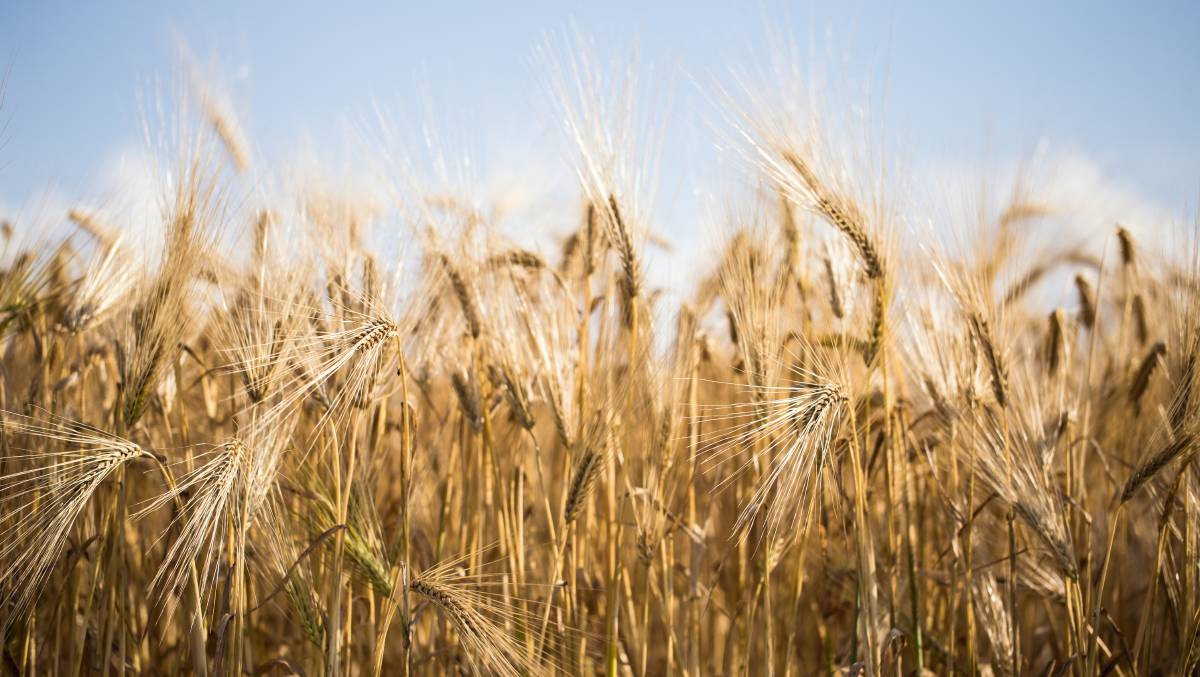Good demand expected for Canada’s two biggest crops

There should be good demand for Canada’s two biggest crops this year, an economist says.
Stephen Nicholson, global sector strategist of grains and oilseeds for Rabobank, said the U.S. hard red winter crop is big and getting larger as the weeks tick by.
On the surface that sounds like it would be bad news for Canada’s spring wheat growers, but he said big yields often correlate to low protein levels for U.S. HRWW. That means U.S. flour millers will need to buy some Canada Western Red Spring wheat for blending purposes.
The other big factor in the spring wheat market is struggling crops in Russia and Ukraine. It has been blazing hot in the Black Sea region and there was no relief in sight as of mid-July.
SovEcon is forecasting 84.1 million tonnes of Russian wheat production in 2024-25, down from 92.8 million tonnes last year.
Conditions are particularly bad in Rostov, where Reuters is reporting that grain production will decline by 38 percent compared to last year.
Hot weather has also hurt Ukraine’s crop prospects.
“According to experts, dry and hot weather has caused wilting, dying, and death of plants in some areas,” SovEcon stated in a recent report.
Nicholson said importers will be forced to come to Canada for wheat this year because they won’t be able to find enough in other major exporting regions.
MarketsFarm analyst Bruce Burnett is forecasting a record 27.8 million tonnes of Canadian spring wheat production.
Nicholson doesn’t doubt that forecast.
“Driving the countryside this week, there’s unbelievable looking crops, and the canola is gorgeous,” he said during an interview at the Ag in Motion farm show, which was held July 16 to 18.
The outlook for durum is not as rosy. He is forecasting a building of global stocks this year.
Burnett thinks Canada could harvest 7.4 million tonnes of the crop, up from four million tonnes last year. That would be the second biggest crop in the last 10 years.
“The durum prices will be a little depressed this year,” said Nicholson. “We kind of have to be prepared for that.”
He expects continued strong demand for canola oil from the U.S. biofuel sector due to its low carbon intensity score.
That’s a good thing because Canada could have a lot more to sell.
Burnett is forecasting a crop of 20.6 million tonnes, a 2.3 million tonne improvement over last year.
“Canada is not the only game in town, but it is the 800-pound gorilla,” said Nicholson.
UkrAgroConsult is forecasting a 21 percent reduction in Ukraine’s canola harvest due to the combined effects of a six percent decrease in seeded area and a seven percent drop in average yield.
Australia is expected to harvest a normal crop after three years of phenomenal production, said Nicholson.
The Australian government is forecasting 5.39 million tonnes of production, down from the previous three-year average of 6.92 million tonnes.
“That will help Canada’s competitiveness because Canada is going to have the volume to move,” he said.
Read also
Wheat in Southern Brazil Impacted by Dry Weather and Frosts
Oilseed Industry. Leaders and Strategies in the Times of a Great Change
Black Sea & Danube Region: Oilseed and Vegoil Markets Within Ongoing Transfor...
Serbia. The drought will cause extremely high losses for farmers this year
2023/24 Safrinha Corn in Brazil 91% Harvested
Write to us
Our manager will contact you soon



